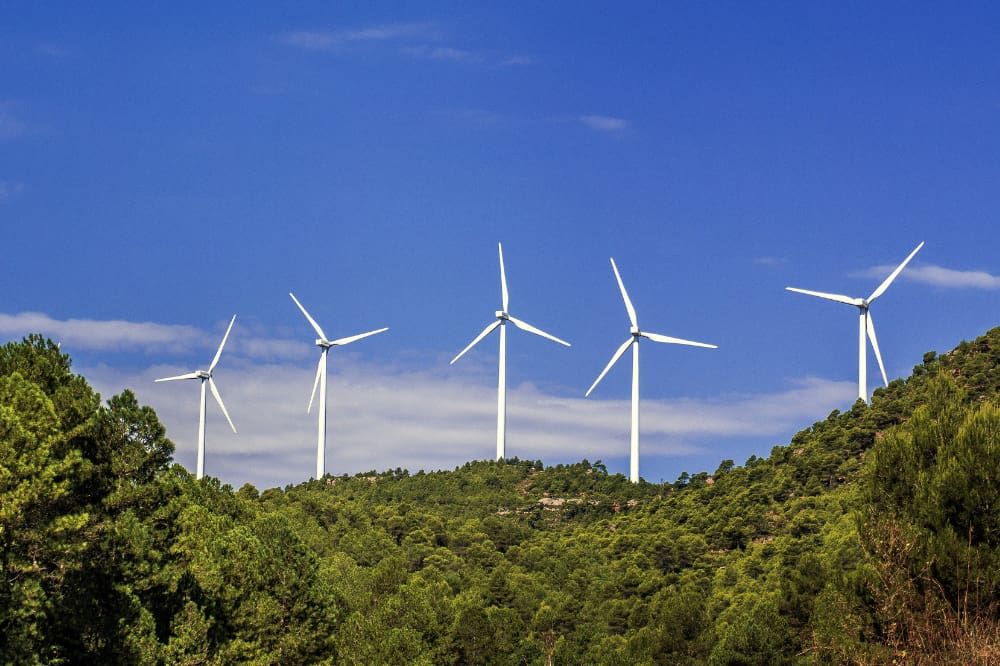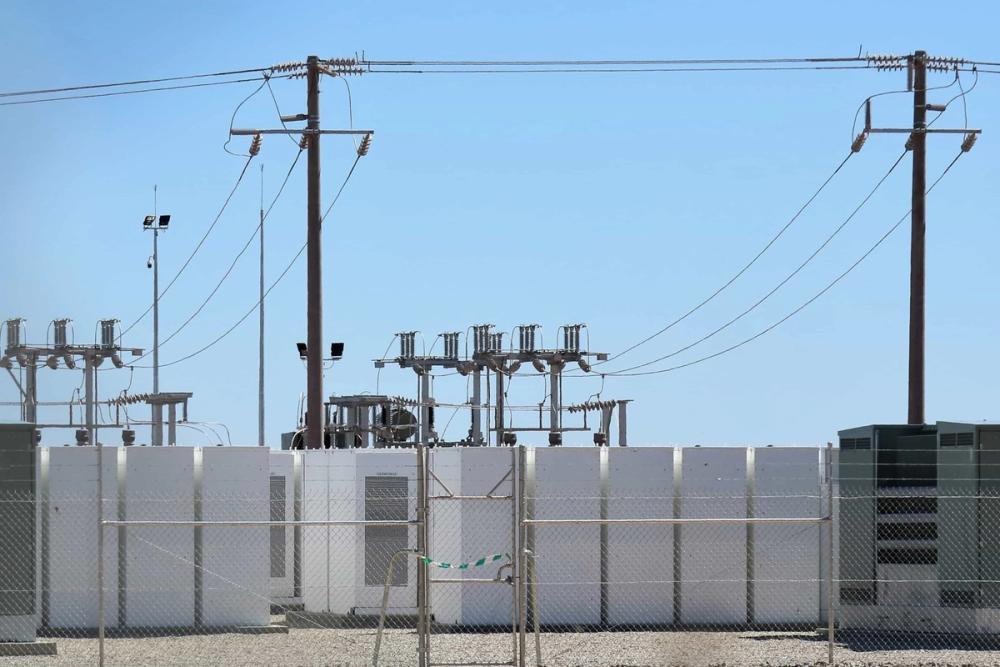What Next For Energy Costs During Winter? Part 2: Possible Targeted Solutions

Foreword
In ‘Why are prices so high?’, I looked at three key explanations. The first being market dynamics, which go some way in explaining why energy prices are so high. The second, some political missteps and geopolitical miscalculations that will have contributed to this situation. And finally, the principles behind what needs to happen to bring prices down. In the short-term this involves driving down energy demand, whilst over the longer-term it involves increasing the supply of energy.
Ultimately, ensuring that market forces, which determine the equilibrium price between supply and demand, can continue to operate as normal is key to bringing energy costs down. Government intervention with policy measures will likely provide a more effective solution, which is what I’ll be exploring here.
Nick Provost, Commercial Manager at Balance Power Projects
Outside of the government freezing energy bills, what additional policy solutions are there?
It is clear that demand needs to be reduced and understandably, not every household will be able to do this equally. There are no easy solutions or silver bullets, but there are some practical, incremental steps that the government could consider in the short-term. [1]
- Many households, particularly those in the most vulnerable, will already have looked at ways to cut back their energy usage as much as possible to save money. The government could, therefore, identify households that consume less than 75% of the expected energy consumption for their house and offer them further financial support by covering their energy costs up to 75% consumption. In addition, a role-reversal involving excessive energy consumers being charged additional premiums to create a ‘zero-sum game’ could also be implemented so the government is not forced to raise money through taxation, which would impact all consumers.
- Consider reducing or eliminating VAT on all energy efficiency equipment, for example, LED bulbs and insulation, or net-zero compatible on-site generation technologies to encourage investment by those able to afford it.
- Offer energy bill credits to households based on a proven reduction in demand.
- We need to fundamentally change how we consume energy so that it can be provided affordably in the future. It is no longer a plentiful, on-demand commodity. More needs to be done to make people aware of demand patterns and incentives introduced, encouraging people to make more informed choices over how and when they use energy.
It is unlikely that even if all the above strategies, or any other additional approaches, are implemented that energy prices will fall far enough or quickly enough to prevent the need for the government support outlined. However, they would reduce the cost of the government support package, bringing good news for taxpayers in the long-term. The policies, solutions, and strategies that the government pursues and enforces will need to ensure that reduction of demand is the central theme. Unfortunately, top-line details in the recently announced energy support package do not seem to address this issue in a meaningful way.
Radical options to help the UK reduce demand
Below, I outline some more radical concepts which could help to achieve a lower equilibrium price between supply and demand only. Technical restrictions along with political and wider societal implications have not been considered, although participation within these schemes would be expected to be on a voluntary basis.
Voluntary disconnection at the domestic level
If supply becomes very tight or too low to meet demand, National Grid ESO will be forced to curtail consumption or outright disconnect electricity and/or gas usage. Typically, factories or other commercial facilities would be the first in line, but this would have a huge knock-on economic impact.
Rather than concentrating these efforts on industry, wider disconnection options could be offered to domestic users who are able to cut back. In this scenario, customers could be asked to provide a price at which they are willing to be disconnected during each period of the day. People are, therefore, able to commercialise and sell their willingness to not consume energy to the National Grid. A day-ahead Capacity Market-style auction could occur, with customers receiving alerts to tell them when to switch off their usage and receive credits off their overall energy bill for non-consumption.
Money needed for these payments could be spread across the remaining consumers (under a ‘Resiliency Premium’-style moniker) who were not disconnected to create a ‘zero-sum game’. This will naturally help to suppress demand as National Grid may have the option to switch off users at a much lower price, rather than being forced to procure power at ultra-high spot prices. On one day in July this year, National Grid paid £9,724/MWh, which is >5,000% more than the typical price. All this extra cost of procurement will eventually be passed on to the end consumer through energy bills.
While it seems radical to pay people not to consume, it has merit in that it is fairer than unilateral disconnection when National Grid ESO is forced to make difficult decisions. People who are willing to participate will at least receive some compensation, funded by non-impacted people, for not consuming rather than nothing when unilaterally disconnected.
Allowing energy suppliers to offer more differentiated time of day energy plans
Currently most energy suppliers offer a single electricity tariff, whereby regardless of the time of day, consumers pay the same rate for the electricity they use. There are some plans that offer an “Economy 7” option (a main tariff between 07:00 – 00:00 with a cheaper overnight tariff between 00:00 – 07:00), but this only provides two different tariff rates. This does not provide any incentive to consume electricity in a way that will help National Grid balance the system and manage demand in a way to help keep wholesale and spot prices low.
Energy suppliers should be encouraged to develop energy plans that incentivise the use of electricity during known periods of higher supply (versus demand) to help alleviate demand during periods of lower supply (versus demand). Energy suppliers will then be able to avoid being forced to purchase power at peak prices for all their customers with realised savings being passed on to customers who are willing to be more flexible about when they consume electricity. This concept is likely to be better suited to electricity, since gas can be physically stored for use during different times of day.
Looking ahead, deliverability will be key
These ideas, and those outlined in the government’s energy support package, are bold, but ultimately it is the real-world deliverability of these plans, backed by well-engineered solutions, that will really help with the supply and demand conundrum and reduce the significant burden on households up and down the nation.
What is clear is that no single policy action will bring down the cost of energy and an “everything of everything” market-driven approach will be needed to drive down the equilibrium price between supply and demand. The government simply can’t afford to deliberate over what is likely to be worthwhile over what isn’t and try and pick winners.
This blog is written by Nick Provost, Commercial Manager at Balance Power Projects. Nick has an engineering background with a Mechanical Engineering degree from the University of Manchester and is a Chartered Engineer with the IMechE.
[1] Any qualitative figures stated below should be seen as placeholder numbers for reference only; appropriate modelling by qualified, well-informed experts should take place to find the optimal position.


